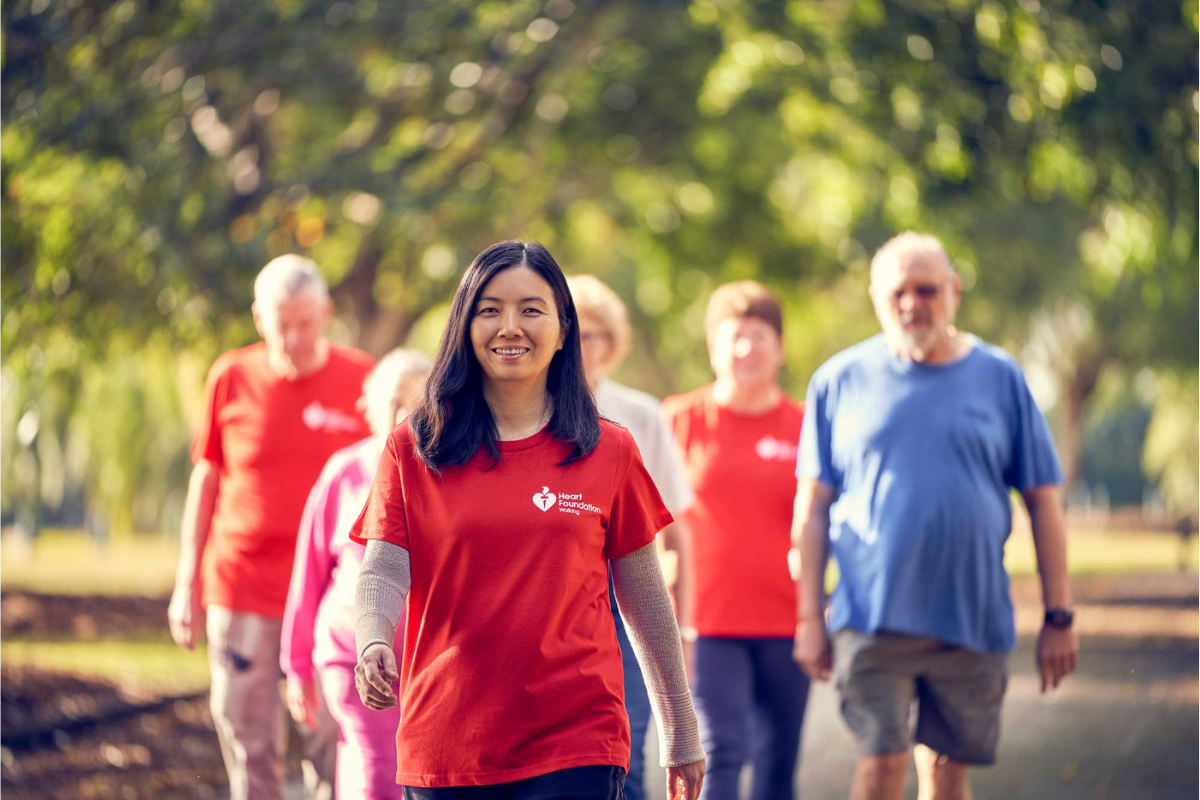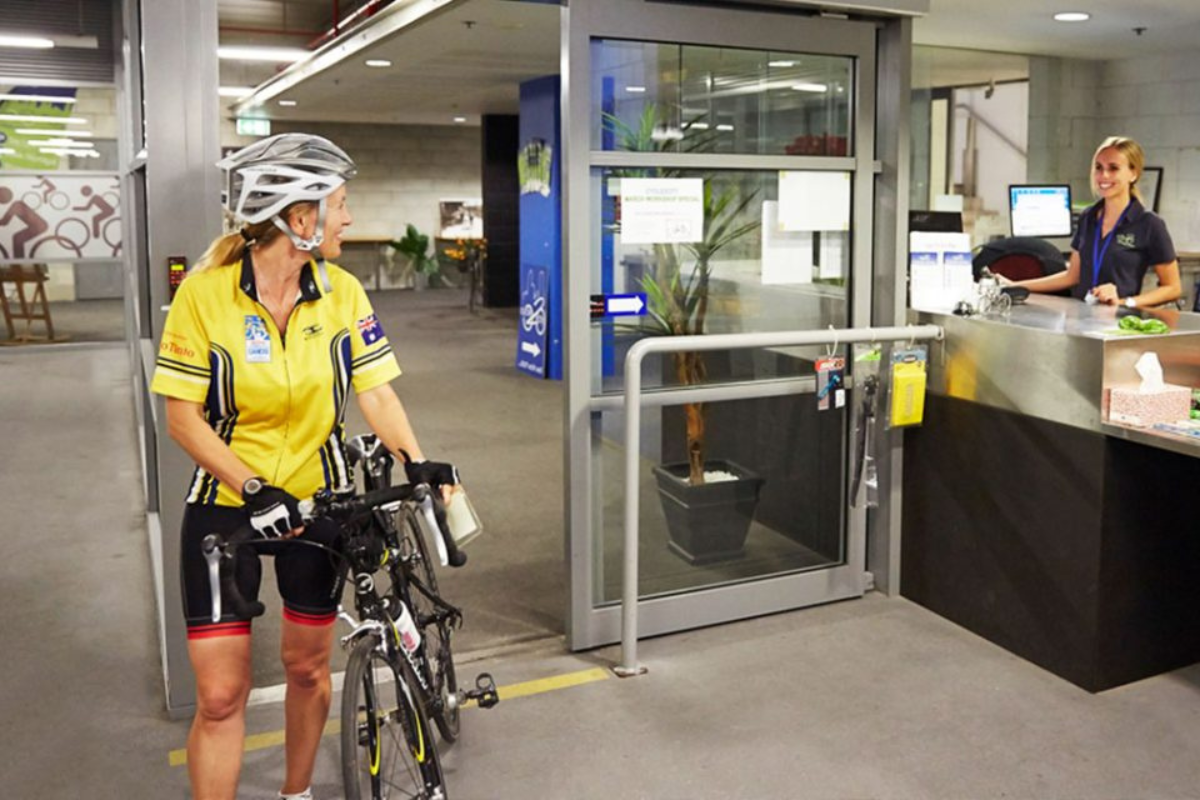Active transport involves walking, cycling and other physical modes of travel to work, school, parks, cafes, shops, a friend's house or other destinations. Using public transport such as catching a bus or train also involves active travel when walking or cycling to and from stops, stations, home and destinations. Choosing to walk or cycle for transport offers many important benefits for your health, your community and also the environment.

Benefits of Active Transport
By choosing regular active transport, you will be gaining all the benefits of increasing your physical activity while also decreasing noise and air pollution. Other benefits include:
- reducing local traffic congestion
- reducing greenhouse emissions and environmental impacts
- increasing community safety and cohesion
- improving community health and wellbeing
- being a low-cost activity that is easily accessible
- supporting local businesses with more people shopping locally.
How to Use Active Transport
Forty years ago, about 75% of Australian children walked or rode to school and only 25% were driven or used other means of transport. Now those figures are reversed and the streets around schools are congested. Here are some ways to use active transport:
- Park the car further from school, work or the shops each day to get some more steps and avoid the busy traffic.
- When using public transport, hop off a stop or two early and walk or cycle the rest of the way.
- Choose a cafe within walking distance to work as the destination for a meeting with a colleague.
- Incorporate walking or bike riding to the park or beach as a part of your family outings.

Heart Foundation Walking
Get a free walking plan and join a Heart Foundation Walking Group in your local area.

Bicycle Queensland
Learn more about the benefits of bike riding with Bicycle Queensland.

Cycle2City
Store your bike safely with Cycle2City lockers located in the heart of Brisbane City.